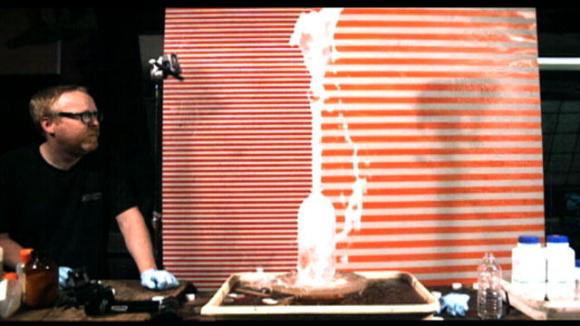
[Luke Wren] just wrote in to tell us about his new science blog called Wren’s Tech — it’s only a few days old, but he’s already got some pretty cool science experiments written up! Like how to estimate the muzzle velocity of a BB gun using just a voice recorder, and a curtain!
There are many different ways you could do this. One of the easiest is using a high-speed camera with a known grid or pattern as the background — like how Mythbusters does it. Unfortunately, high-speed cameras are usually out of reach for most hobbyists. [Luke] explains a rather cool system you can build with some electronics, whereby you have two thin wires a known distance apart — run current through both and use a circuit that can detect the interrupt as your projectile breaks the wires — or, you can use a voice recorder.
His method is by far the easiest and can be done by pretty much anyone. By using sound, you can record the shooting of the BB gun at a known distance into a curtain, or wall, or anything really. Take the sound clip and measure the time between the two sounds — the firing and the impact. It’s not perfectly accurate but it’s a pretty good estimation of the average speed of the projectile: 33.6-38.3m/s.
Unfortunately, that’s just the average — not muzzle velocity. By making a few assumptions about drag force and doing a few calculations, [Luke] was able to calculate the approximate muzzle velocity of 63m/s, with the kinetic energy of about 0.22 Joules. While that may seem fast, by the time the BB hits the curtain 4 meters away, it’ll have a mere 1/9th of its initial energy. Ouch.





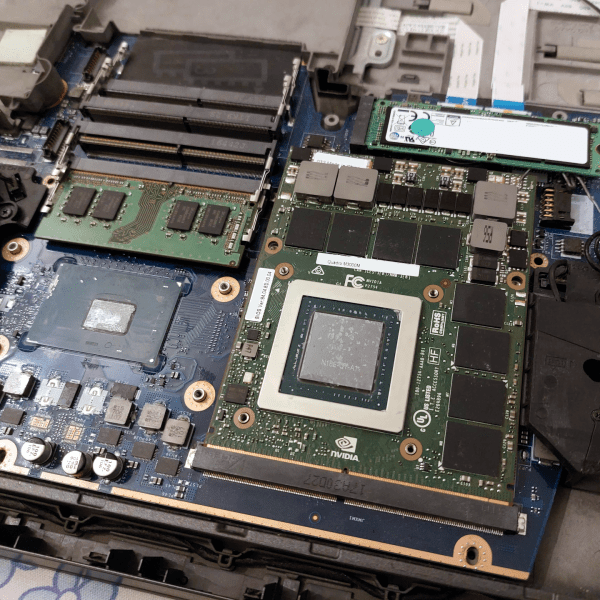

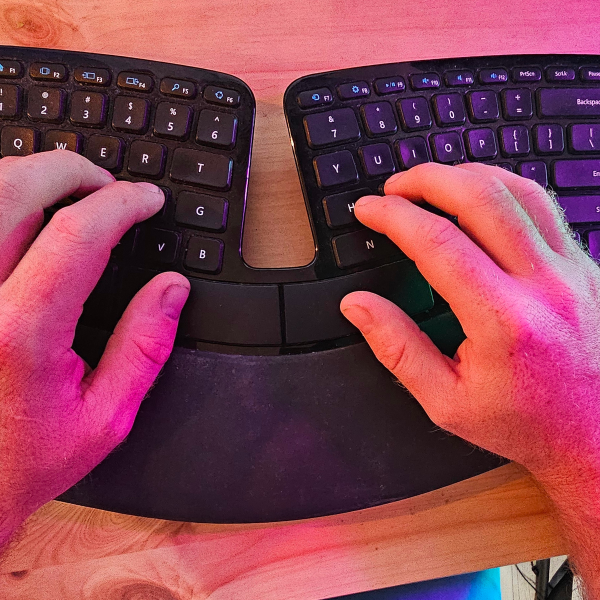
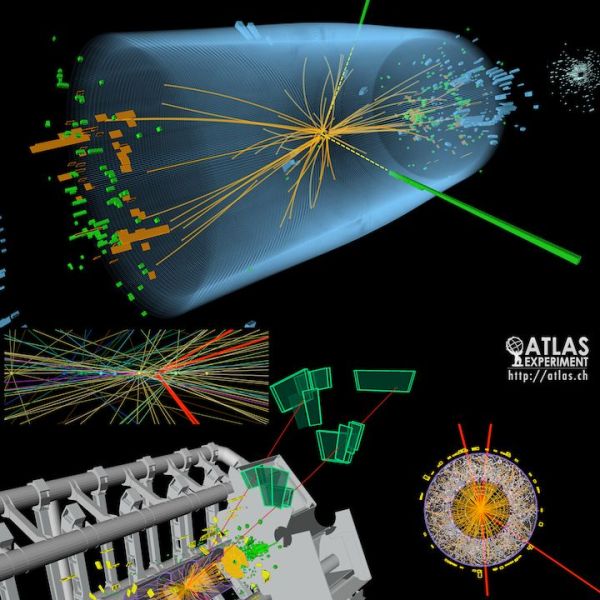
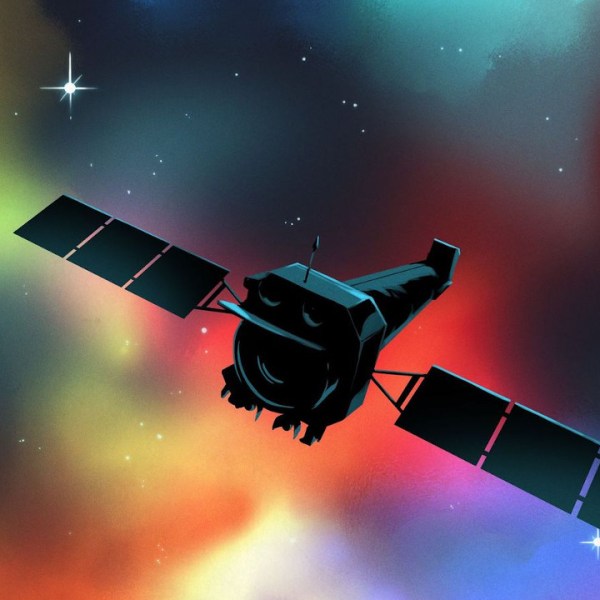


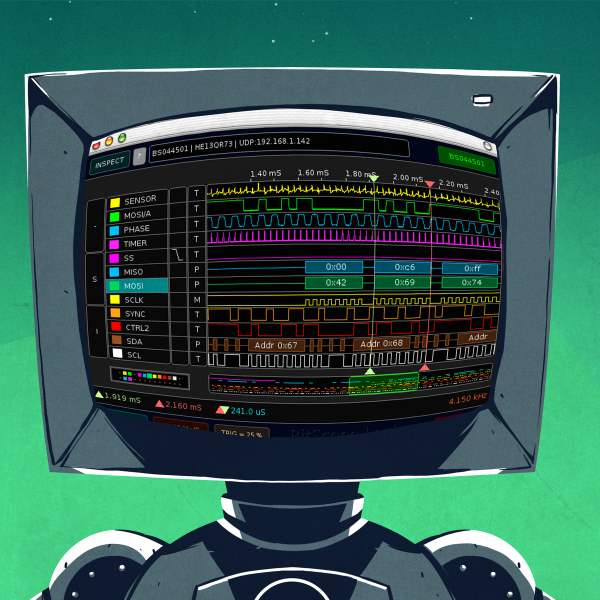



Cool! Another HaD post that will turn into fun science time with uncle chuck and the nephews.
The easiest way is by using a chronograph. They cost $100.
…in fact, he might want to double-check with one. 115 fps is a third the speed of Ralphie’s little Red Ryder.
Looks like a Cd of 1 is a bit optimistic. Oops. I’ll calculate the proper drag coefficient and update the post.
$100 is expensive for some of us. Of course, so are computers and voice recorders.
But… if you already happen to have one, this method works, I’ve used it before. But if anyone wants to use it for higher speed projectiles, they may be disappointed. The time divisions you can check on some programs are longer than the total elapsed flight time of many rifle bullets. You can move the target farther out, but then you get a decreased ability to pickup the sounds.
About ten years ago I needed to measure the speed of a variety of airsoft BB’s. Money was no object because I had none. It was a real basic setup. I had my laptop. I found a stereo splitter and two identical microphones. I plugged the microphones into the splitter, set up two frames holding plain old paper, and placed the microphones and the frames twelve inches apart. I shot through the two pieces of paper while recording the microphone output into Audacity. I measured the time that passed from peak to peak (very strong peaks). Some very simple Excel equations later, and I had a very accurate airsoft “chrony”.
The thing is, we had a research level chrony (NIST calibrated, etc. etc.)
It just didn’t work for us. For one, we had to aim our test guns to fire between the sensor masts. The project was looking at velocity falloff with range and hop-up. This was a royal pain in the butt.
The chrony also didn’t have good accurate, repeatable results. At times it wouldn’t sense a BB as it passed, or it would give moderately irregular readings (we were told to “batch” our results by the company… Thanks guys).
This was a great system for the gutter work that we were doing.
There is the old way: http://en.wikipedia.org/wiki/Ballistic_pendulum
before high speed cameras and voice recorders.
Basically projectile transfer kinetic energy into the pendulum. By looking at the displacement and can work backward to figure out the energy.
I did this when I was 12… Used a junk laptop and sound recorded to get RPM / FPS on a cloud-type BB gun I made. 2400RPM and 240FPS btw, had to drag a magnet along the ground to recycle BBs.
And since you turned 13 today I guess you did this yesterday?
One of my biggest pet peeves is people giving age like some sort of reference when no one has a clue how old they are now.
May be it is not the era that matters, but the age of the person that managed to do it. i.e. literally a child can do it.
It is not like you need to figure out how old the person is now.
Well, you know he’s not sixty…
Apologies. I’m now 26, grumpy, and frequently inebriated — hence my accomplishments all occurred when I was much younger.
Including the analysis? Cool! Good for you. I think most people here were also doing cool things at that age, they just happened to be different cool things.
Umm… I bought my radar gun for $27 off Ebay… here’s a review of a hacked one…
http://www.instructables.com/id/Radar-Gun-Hacked!/
I’m not sure of the resolution though, I haven’t tried to measure the speed of something that small…
Instead of modeling the bullets drag, I would measure the time it takes to hit the curtain in 1,2,3,4, and 5 meters. I would do 50 shots for those 5 different distances. I think it would should me a nice curve graph and allow me to find out how much velocity is being lost by distance and the actual mussle velocity.
Why not use the a stereo sound card to record the impulse from two wires being broken and any number of waveform analysis tools to measure the time difference.
What about the latency of the sound itself(the speed of the compression wave through the fluid: air)? It takes time to reach the recording device from both the muzzle and the target. And depending upon the physical arrangement of the testing apparatus, these three points may not be equidistant.
When measuring projectiles, especially transonic ones(and some BB guns are transonic), the results will be further skewed by this latency, since the projectile itself travels faster than the wavefront carrying the information about it’s position.